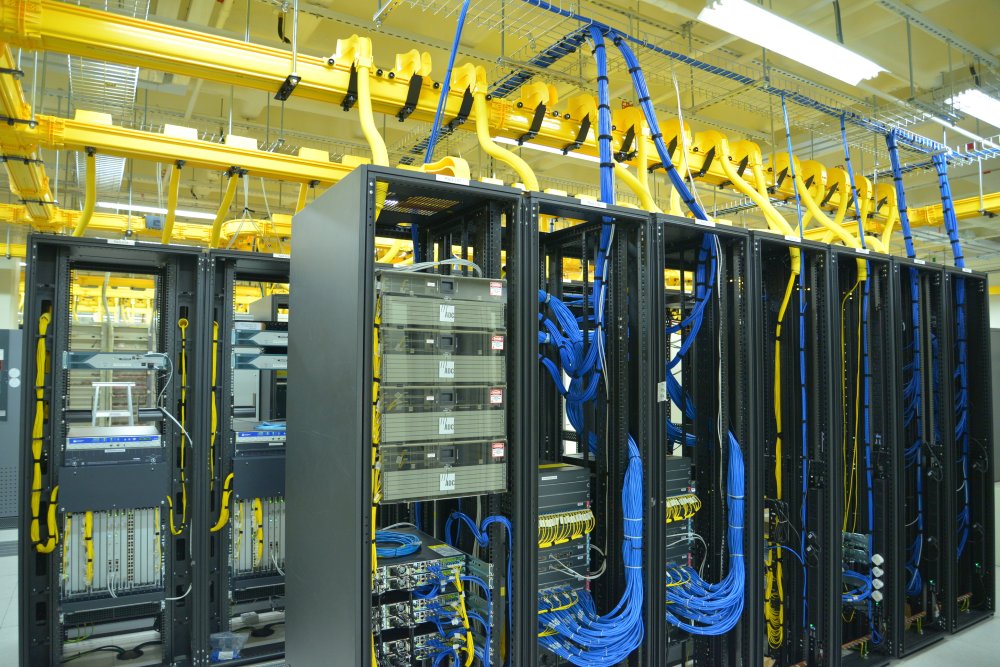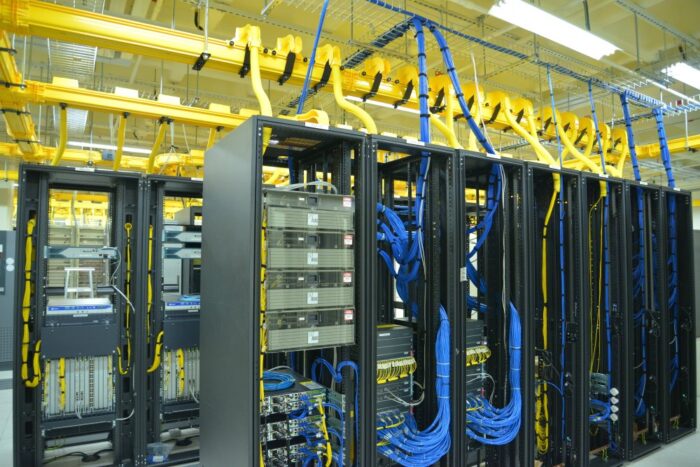
April 29, 2025


A new survey of data center executives shows a growing “time to power” challenge that’s leading the industry to look to alternative solutions to grid power.
Conducted in January-Feburary 2025, the survey of 149 U.S. and Canadian data center executives provides insights into the significant energy challenges faced by the data center sector. The survey was commissioned by AlphaStruxure, a leader in Energy as a Service (EaaS) infrastructure solutions, and Schneider Electric, the leader in the digital transformation of energy management and automation, in partnership with Data Center Frontier.
For decades, data centers secured dozens to hundreds of megawatts of utility capacity at a time. After generative AI took off in late 2022, the industry is now in a race to win the AI prize with energy access as the largest obstacle to development.
This is the first major survey undertaken to measure how this sector is adapting to the unfolding energy crunch. The results tell a stark story of how much the industry’s outlook has changed in such a short time — and the ways it’s innovating to secure power. The complete survey results can be viewed here. Key findings from the survey include:
- 44% of respondents indicate their average quoted utility wait times are longer than four years.
- No. 1 barrier slowing down data center projects is grid constraints, with 92% seeing it as an obstacle. Long wait times were cited as the No. 1 reason for this obstacle.
- No. 1 region for “Plan B” power availability if the first choice couldn’t provide timely power is the Midwest, while the No. 1 region in terms of time to power over the last several years is the Mountain West.
- 6 in 10 report they would deploy on-site power generation systems if they ran into concerns about grid power availability — this was the top-ranked option, ahead of relocating the project (No. 2), and delaying the project (No. 3).
- Nos. 1 and 2 ranked on-site power generation solutions were solar and battery storage.
“I’ve been in the power industry over 30 years and I have never seen a moment like this. These first-of-their-kind findings show the breadth and depth of the energy demand crisis, confirming what we’ve heard anecdotally from our conversations with customers,” said Juan Macias, CEO of AlphaStruxure. “The ‘time to power’ challenge has caused wait times to stretch over seven years, or even a decade in some cases. The crisis is accelerating quickly and it won’t be long before compounding grid stress, increasing energy rates, and lost economic opportunities have noticeable impacts for everyday consumers. This survey also shows that organizations are increasingly thinking outside the grid by embracing infrastructure that’s ready to be deployed on-site.”
AlphaStruxure is a joint-venture company of Schneider Electric, the global market leader in data center infrastructure. Together, they deliver the data center industry’s first end-to-end, chip-to-grid, AI-ready energy solution. AlphaStruxure on-site power generation delivers time to power up to four times faster than the status quo.
“As AI revolutionizes industries and consumers demand more data for digital services, energy infrastructure must rapidly expand,” said Schneider Electric’s Vandana Singh, senior VP, secure power, North America. “This survey data aligns with the demand we’re seeing for electricity, automation, and digitization, with much of this driven by exponential data center development. To ensure our nation’s energy grid can keep pace with demand from data centers, utilities and developers must coordinate and collaborate to develop solutions that can both power our future and keep our nation’s energy supply secure for everyday Americans.”
Tags: AlphaStruxure, market data
Source link

